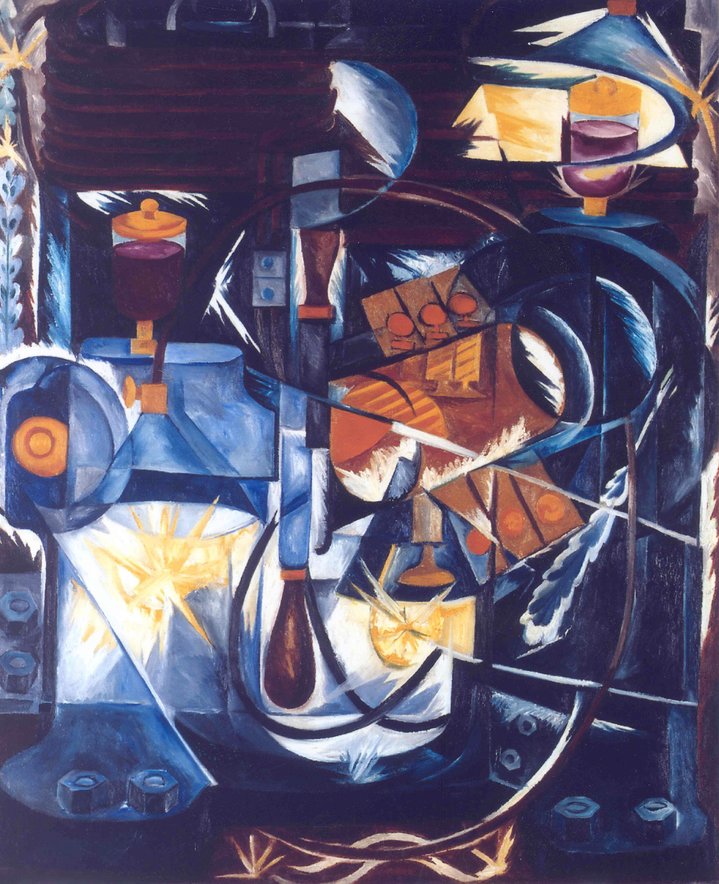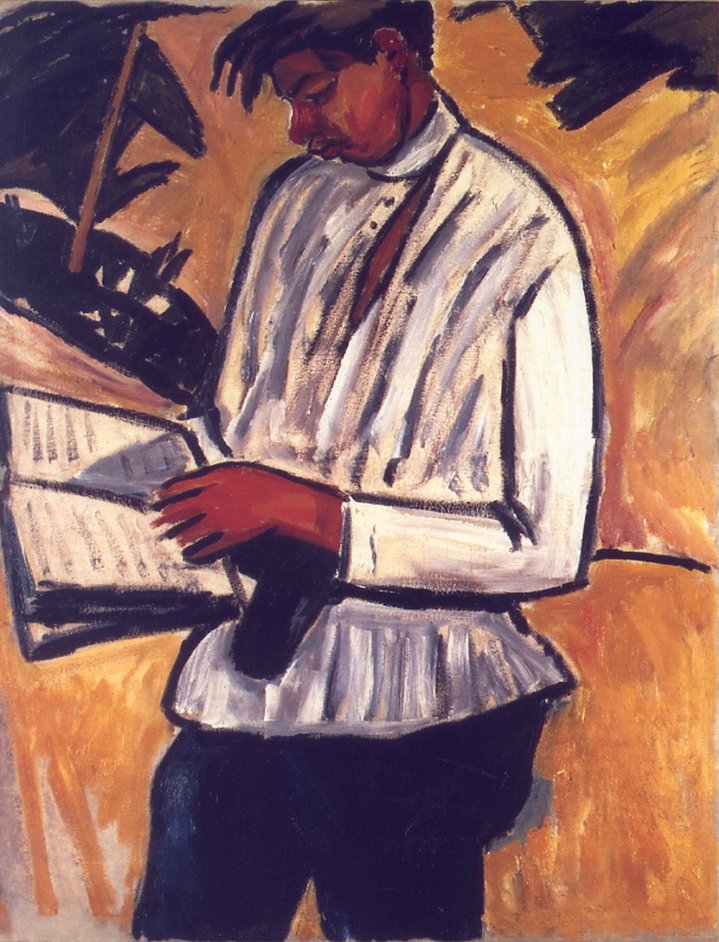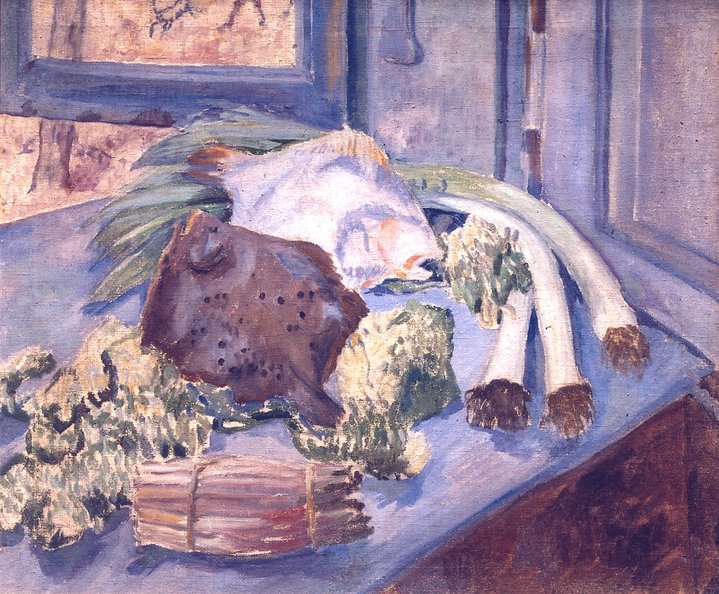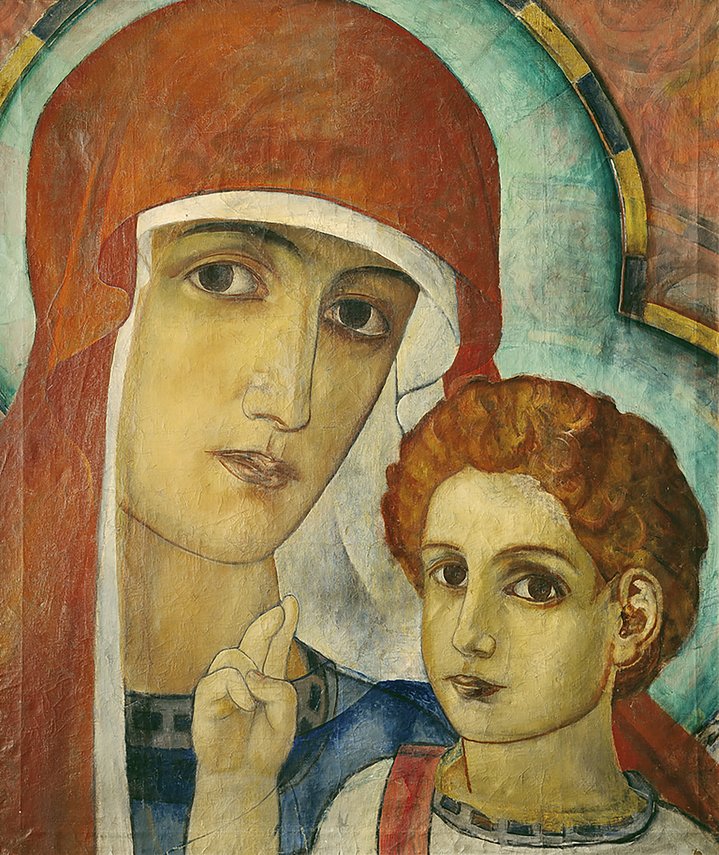Pyotr Aven: is Russian contemporary art waiting for Godot?

There is no harsher critic of Russian contemporary art than Pyotr Aven, a major collector and banker who is one of Russia’s richest men. In his opinion, the problem is part of a much broader crisis affecting Russian culture.
“This is the first time in 200 years that Russia has no national poet since the death of the (Nobel prize-winner) Josef Brodsky (1940-1996). It is the first time that we don’t have a serious film-maker of the level of Andrey Tarkovsky (1932-1986). Literature and poetry are definitely in absolute crisis and no Russian writer can now pretend to a Nobel prize. Contemporary art is part of the same picture...I believe Russian contemporary art is in crisis,” he says.
What emerges, however, is above all Aven’s disillusion with the generation of Moscow artists with whom he grew up and made friends in Soviet times. He later bought their works, but he blames what amounts to a comfortable life and lack of ambition for the failure of most of them to make an international impact. “The lack of competition allowed them to make enough money... they loved their life (in Russia), but they had no wish to become really big stars and really work hard to compete with the best international names,” he said, adding that only a very small number took up the challenge and left Russia to compete on the international stage.
Aven doesn’t mince his words, especially since the painter Vladimir Dubossarsky publicly accused him this summer of neglecting to buy Russian contemporary works in order to support the country’s art scene. “Unfortunately, the idea of being really original and doing something international and interesting in order to become a first-rate artist didn’t come to their mind,” he says. The contrast with the approach of the previous generation of artists who worked during the Soviet period is striking. It was easier to be original then precisely “because the Soviet Union only existed here.” The artists argue that “we’re not big because you don’t buy us,” but Aven thinks it’s the other way around. “It’s because you are not interesting. I bought all of them, but what was the result?”
He contrasts the post-Soviet approach of the Russian contemporary artists of his own generation with the far more dynamic reaction of their Chinese counterparts. “They tried to become international. They travelled a lot, they went to the United States. They went all over the world.” According to him, the result was the 23.3 million USD paid for the Chinese contemporary artist Zeng Fanzhi’s “The Last Supper” at Sotheby’s Hong Kong auction in 2013. “This is a level that Russia cannot even imagine,” he says.
In Aven’s opinion, an adventurous spirit is precisely what contemporary Russian artists lack. He defines as contemporaries those who are younger than 50 or 60 and admits that those artists who are older have a very different outlook. Aven for instance praises the 63-year-old Russian architect and artist Alexander Brodsky as “one of the best,” but says he is unknown internationally as an artist because he stayed in Russia, a major shortcoming for an artist, according to the collector. It is precisely that which for him singles out the artist Ilya Kabakov, described by Aven as the Russian art world’s “only international name,” all because he left the Soviet Union, or rather was pushed out, at the end of the 1980s and started anew.
The Russian banker has over the years put together a museum-class collection of early 20th century art. That project is virtually finished and Aven is now thinking of starting a collection of contemporary art. One sign of that is that he him- self recently bought a work by Zheng Fanzhi. “I have started to buy some art, some things that I didn’t have enough of,” is his comment. Whether that potential collection will include Russian contemporary works is another question. Aven has some 50 or so paintings by Russian contemporary artists, but he describes that particular group as not having met his expectations. The trouble is that “all Russians would like to buy Russian art... I would love to buy my con- temporaries.” After a short pause, the axe falls. “Not interesting!”
It gets worse. “The main problem is that Russian artists are stuck in Russia. They have not gone abroad. They didn’t become part of the inter- national picture. They don’t speak the language (i.e. English). It’s a lazy, lazy Russian atmosphere.”
In his interviews, Aven always attaches great importance to the value of art works, almost as though that is the main criterion. “Money usually just reflects demand,” he says, pointing out that when collectors get together they always discuss prices. He acknowledges that this is considered bad taste in Russia, but sticks to his guns. “Price indicates demand and popularity and basically reflects the level of public attention,” he says, but stresses that he is not acting as an investor and has never made money out of art. He defines himself as an economist by training and is convinced that price reflects quality. “I believe over time the most expensive pieces are better than those that are cheap.”
Despite Aven’s pessimism about the state of Russian contemporary art, another Russian billionaire, Leonid Michelson, has commissioned the architect Renzo Piano to transform a former power station in central Moscow into a platform for both exhibiting and creating contemporary art. It is a huge project. Only time will tell which one of these two Russian ‘oligarchs’ is making the right bet.










